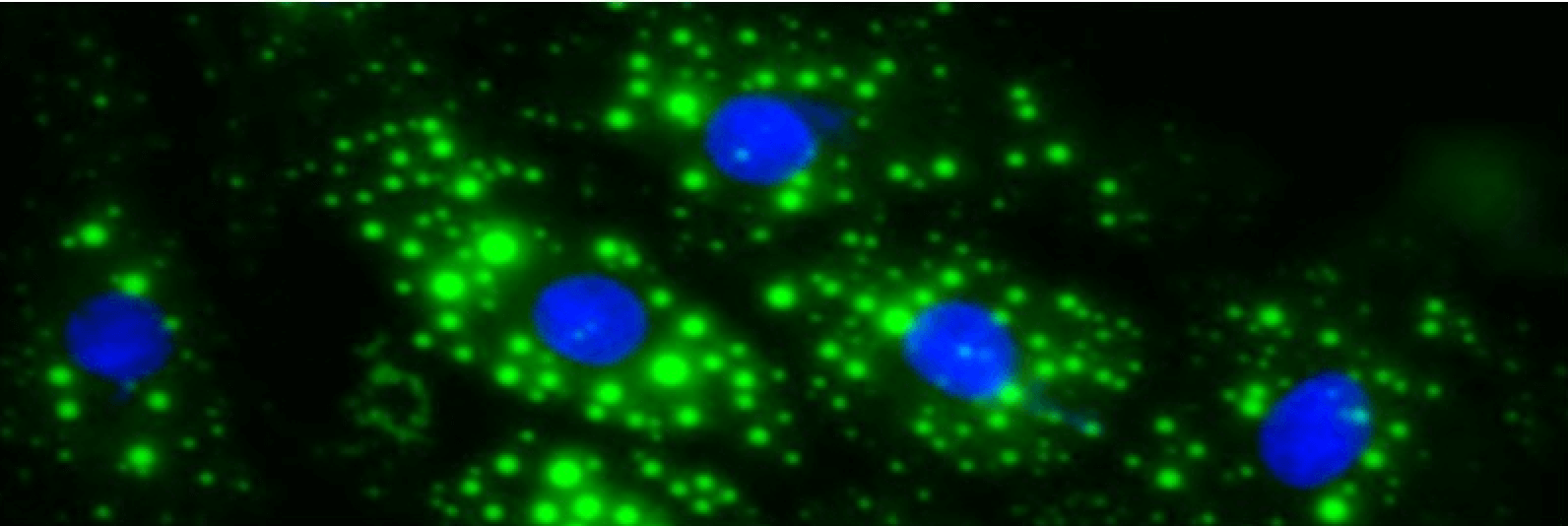Research
The Research Groups at IRBLleida cover all the main aspects of biomedical research, and are arranged in five different Research Areas. All the Research Areas cover aspects ranging from basic to clinical research and have a clear translational component.

Cancer
Area: Cancer
Area coordinator: Dr. Eloi Garí Marsol and Dr. Águeda Mártinez Barriocanal
The cancer area includes research staff trained in different specialties of Medicine and Biology. The common goal is oncology research integrating basic (model organisms), translational, and clinical research (trials).

Chronic diseases, Surgery and Health Care
Area: Chronic diseases, Surgery and Health Care
Area coordinator: Dr. José Manuel Valdivielso Revilla and Dr. Montserrat Gea Sanchez
The area contains 6 groups dedicated to determining the pathophysiological mechanisms of vascular, renal, metabolic and pulmonary diseases. In addition, research is being conducted on new surgical methods and strategies to promote healthy aging.

Epidemiology, Infectious Diseases and Public Health
Area: Epidemiology, Infectious Diseases and Public Health
Area coordinator: Dr. Joan Antoni Schoenenberger and Dr. Alba Belles Belles
In this area we want to respond to epidemiological challenges with clinical and basic researchers. We combine our research to see the impact on public health and the environment around us of all the pathologies we attend in our care centers.

Neurosciences
Area: Neurosciences
Area coordinator: Dr. Ana Garcera Teruel and Dr. Gerard Piñol Ripoll
Neuroscience is a multidisciplinary area that studies the nervous system in its structure, function, development and pathology. IRBLleida groups investigate neurological and psychiatric diseases addressing molecular, cellular and clinical aspects.

Nutrition, Metabolism and Cellular Stress
Area: Nutrition, Metabolism and Cellular Stress
Area coordinator: Dr. Joaquim Ros Salvador and Dr. Ester Vilapriño Terre
We study the ageing process, myocardial differentiation, neurodegenerative diseases and cell signalling in relation to oxidative stress in various cellular, animal and human models, using experimental and theoretical methods.







